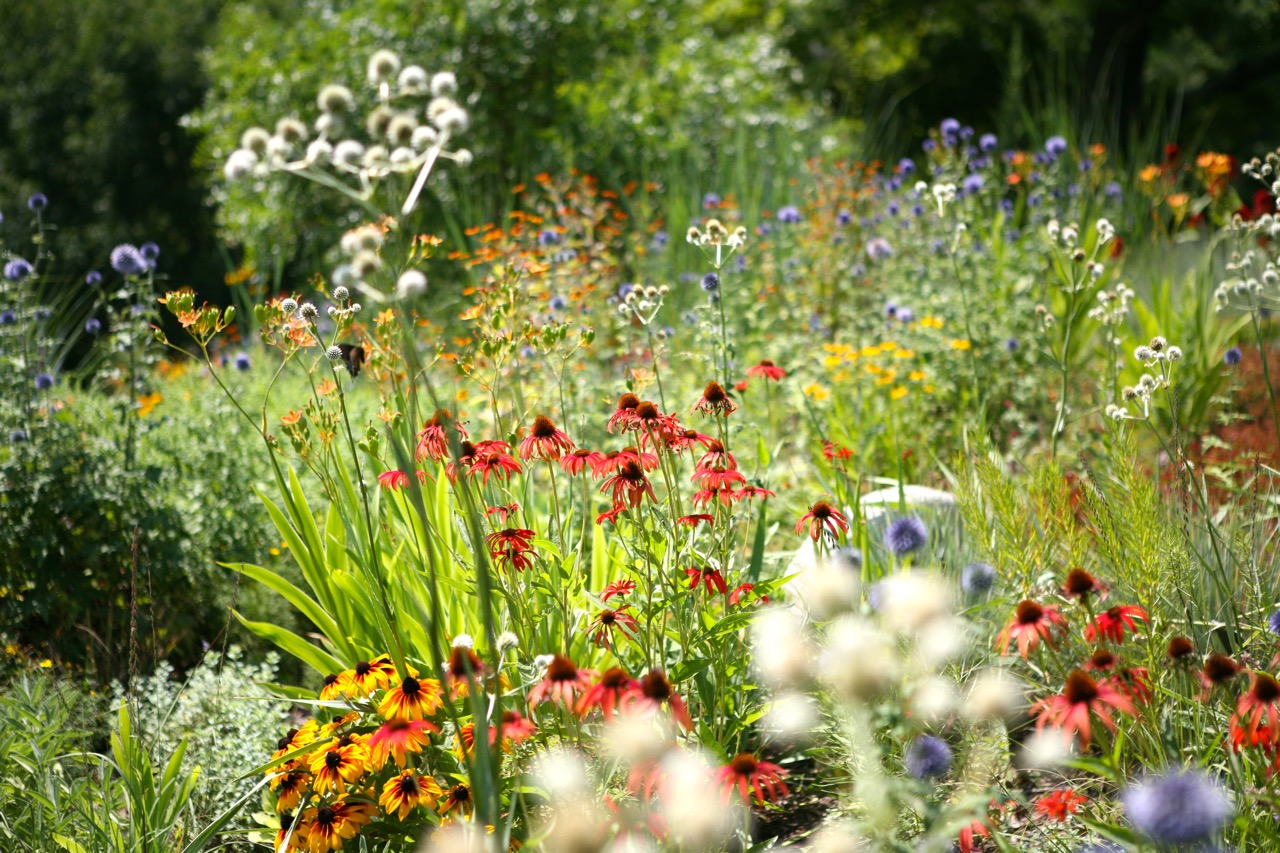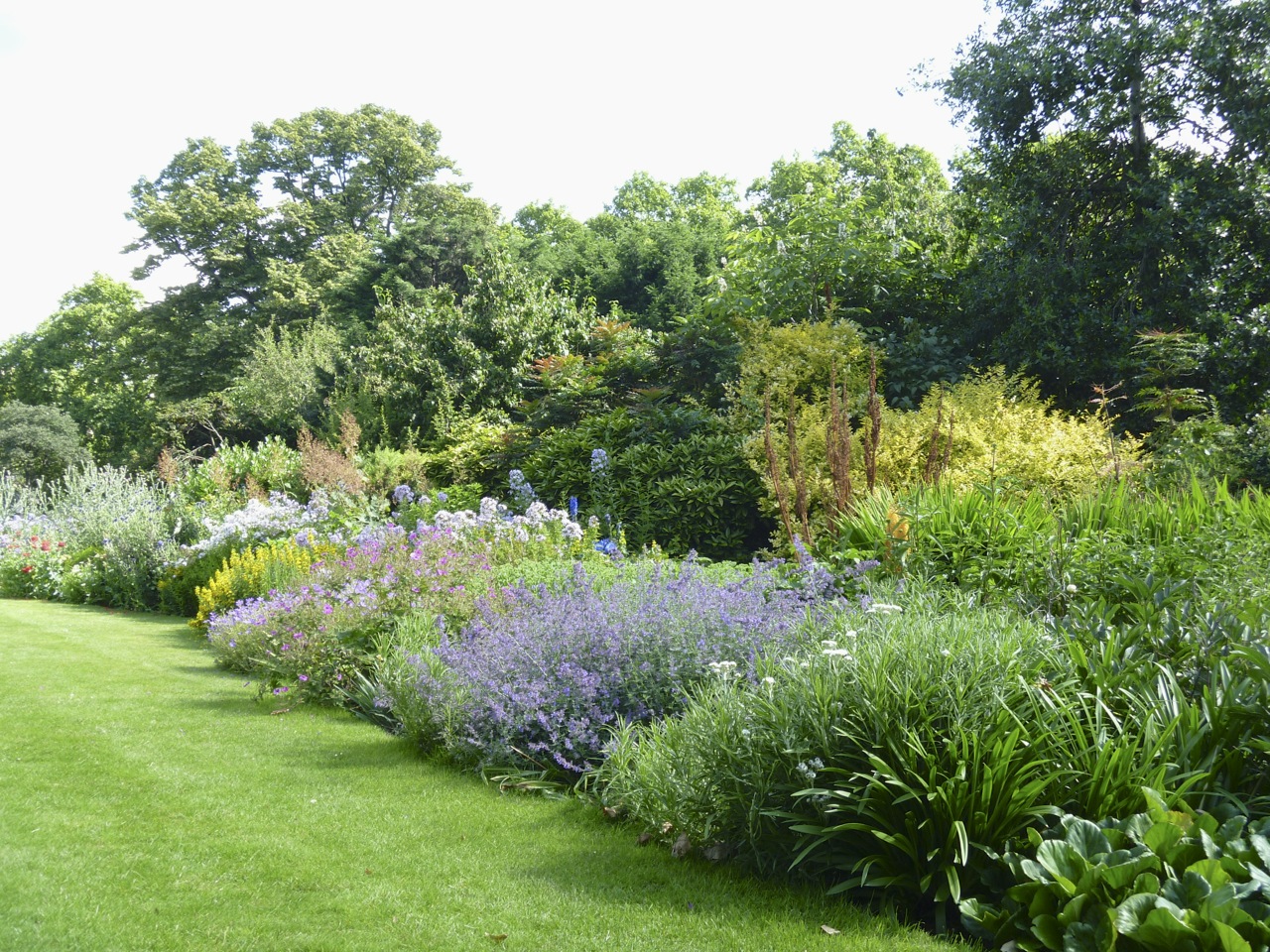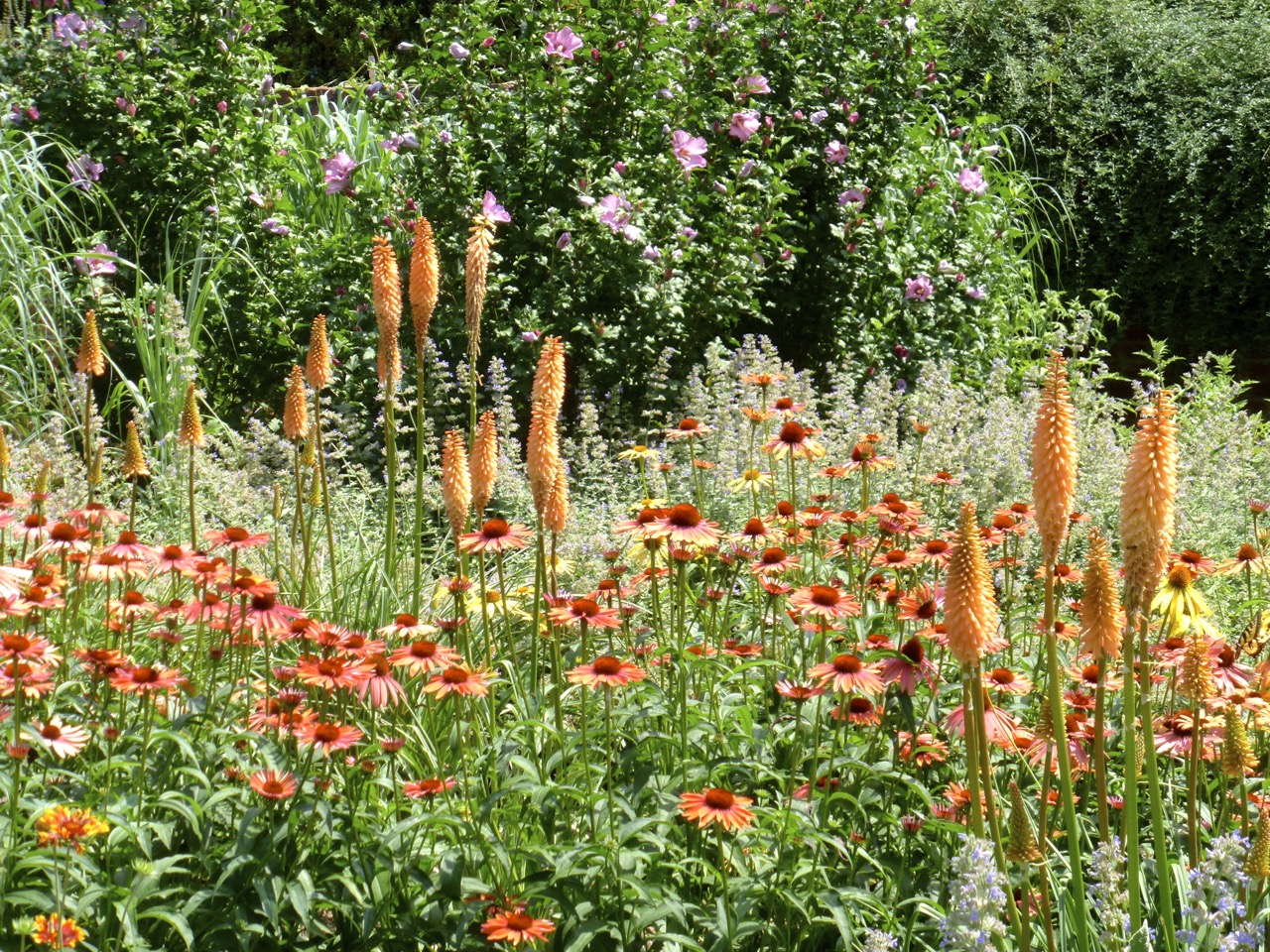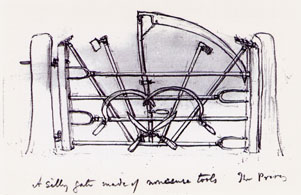Gertrude Jekyll has touched many gardeners. Whether directly through her writings or the gardens she designed, or indirectly through others who were inspired by her. As a leading advocate for the Arts and Crafts style garden, she transformed the landscape. She softened formal hardscape with effusive plantings, taught us about the use of color, and inspired the intimate garden room where an edited set of cultivars set a distinct mood.
I love that she came to garden making in a professional way later in life. She wrote her first book at the age of 55. Her voice is still fresh, direct, and thoughtful. She often mentioned that she considered herself an amateur – which made her accessible; having experimented so much in her own garden, her only credential was the learning she wanted to pass along to help others avoid her mistakes.
She definitely had a point of view and bordered on opinionated. She was an optimist who set the bar high: “There is no spot of ground, however arid, bare or ugly, that cannot be tamed into such a state as may give an impression of beauty and delight.”
If I could choose only one of her books it would be her 1914 Color Schemes for the Flower Garden. Published when she was 71, it takes us through a tour of her own garden through the seasons.
Bits of her advice that have stuck with me:
Limit sections of woodland to one or two varieties. “the intention [is] to secure simplicity rather than variety, so that in moving about the ground there should be one thing at a time to see and enjoy. It is just this quality of singleness or simplicity of aim that I find wanting in gardens in general…” That last sentence hits close to home because it describes parts of my garden!
Be patient in creating a flower border. “It should also be borne in mind that a good hardy flower border cannot be made all at once. Many of the most indispensable perennials take two, three or even more years to come to their strength and beauty.” She goes on to explain how the big perennials should be placed according to a plan with ample space, with blank areas filled in during the initial years with annual plants.
Single color gardens offer both delight and danger. “It is extremely interesting to work out gardens in which some special colouring predominates…it opens out a whole new range of garden delights…. People will sometimes spoil some garden project for the sake of a word. For instance, a blue garden, for beauty’s sake may be hungering for a group of while lilies… My own idea is that it should be beautiful first, and then just as blue as may be consistent with its best possible beauty.” This is music to my ears because I have been working on a white garden where I can’t seem to part with a blue clematis or pink anemones. Maybe it will work out after all.
Most remembered for excellence in the herbaceous border, the photos above are some of my favorite borders that reflect her approach.
London, UK: Wide borders show off the use of shape, texture, height, and color. John Nash laid out Regent’s Park in the 1800’s. The gardens we see today were planted to recognize Queen Mary in the 1930’s.
Green Bay: The water-wise landscape at the Green Bay Botanical Garden in Wisconsin showcases globe thistle, purple coneflower, and helenium. Colors complement each other, textures provide refreshing contrast, and thin stems allow flowers to float in the wind. Plants are arranged in small groupings so that they don’t get lost, yet are set randomly to look as they might in a meadow. The Green Bay Botanic Garden opened to the public in 1996.
Richmond, UK: The sunny, blue border at Kew Royal Botanic Garden in the London features verbena, sage, and salvia. Kew got its start as a botanical garden in the late 1700’s; its world famous Victorian glass houses were built in the 1840’s to facilitate plant research. The garden is arranged as a series of spaces that feature different types of plants.
Washington, DC. The US National Arboretum was created in 1927 as a research and education garden laid out in a series of plant collections. Set beside the Boxwood Collection garden, this sunny border pops. Red hot poker blossoms tower over orange coneflowers.
Gertrude Jekyll's birthday would have been last week; she born on November 29, 1843. Do you have a favorite Gertrude Jekyll garden tip?








